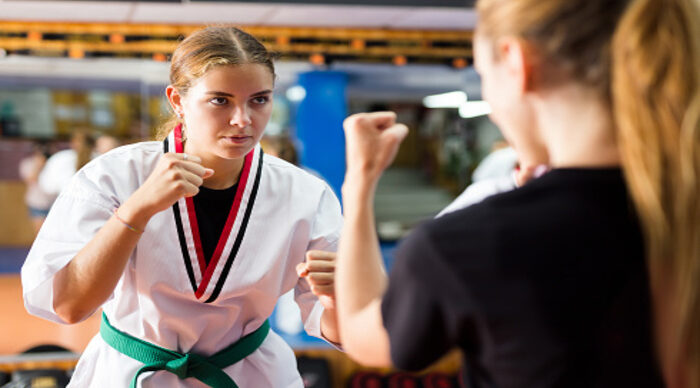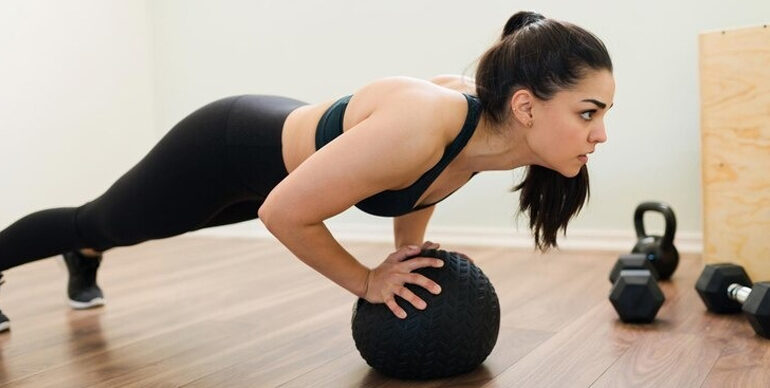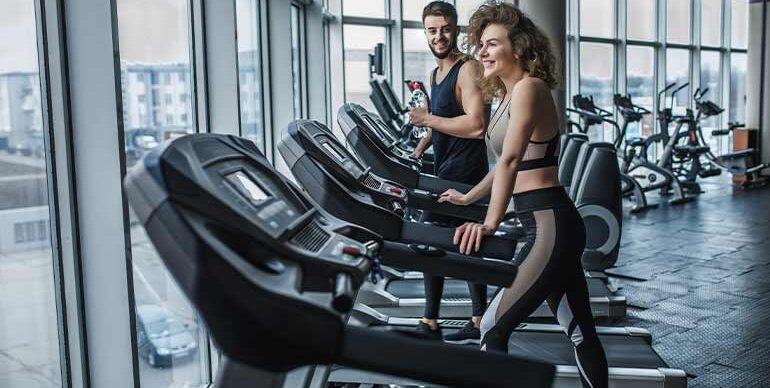
Most gym goers or fitness buff routinely ignore exercises aimed at improving flexibility in their typical workouts since they believe that flexibility exercises are a waste of time as it does not enhance your looks in any way and nor does it have any effect on cardio performance. This is why a good personal trainer will always include exercises aimed at improving flexibility because if you don’t do it on your own you will need someone to prod you to do the same! Stretching exercises that are included in any workout regimen can be greatly beneficial for preventing injuries and enhance athletic performance.
Why You Should Stretch
When you push your joints forcefully past their natural range of motion during a movement you can easily damage the joint. Excess range of motion at the joints is prevented by ligaments and muscles. These can be damaged if string forces such as a blow or a sudden twist in direction pushes them into an excess range of motion. Damage to a muscle is known as a strain whereas damage to a ligament is called a sprain. Muscles have inbuilt reflex mechanisms to prevent excessive stretch and they help in dynamically stabilizing joints at the right times. Short tight muscles that have too much tension can snap and cause injury by stopping the opposing muscles from working during a movement. Tight muscles can also negatively affect the quality of movement by limiting the range of motion.
Types of Stretching
It is important to understand that there are two types of flexibility.
a. Active Stretching
This is the range of motion that is available to you under muscular contraction. (the distance you can take your own leg in a hamstring stretch).
b. Passive Stretching
This is the range of motion that is available due to an external force (when an external pressure pushes you into a hamstring stretch)
Let us look at the different types of stretching that one can use:
Static Stretching
Static Stretching is about taking a muscle to the point of comfortable tension and holding the stretch. Most yoga asanas can be categorized as static stretches. Static stretching is recognized as the safest form of stretching. A static stretch that is held for 30 seconds or more and repeated for several repetitions will provide the best results. Stretches held for more than 30 seconds improve muscle extensibility and are highly effective at increasing muscle length and passive range of motion. This makes static stretching as an effective tool in correcting a posture and correcting muscle imbalance issues in an individual. When performing a static stretch you should move to a point of mild discomfort without pain at a slow and smooth speed to avoid a stretch reflex. A quick or forceful stretch may cause an undesirable stretch reflex action which will prevent improvements in the length of muscle and may potentially tear muscle fibres and even cause serious injury.
Note: Static stretches cause a muscle to relax and results in a reduced ability of that muscle to produce force. Due to this reason, static stretches must not be normally performed before a workout session in which muscles or lifting is involved. If you are going to be doing a squat, you must not statically stretch the gluteal muscles prior to the squat.
Active Stretching
Active stretching involves moving in and out of a stretch. In order to perform an active stretch, move into a position of stretch and hold for approximately 2 – 5 seconds and bring yourself out of the stretch. Repeat the process between five to ten times. Since there is a larger element of movement happening during a dynamic stretch, there is less muscular relaxation thus making this stretch more ideal for performing before a workout in order to improve muscle balance and range of motion.
Ballistic Stretching
Ballistic Stretching uses more powerful movements that use momentum in order to take the joints through a full range of motion and improves your range of motion. The positive advantage of this type of stretching is that it preps the muscles for explosive movements. Ballistic stretches activate fast twitch muscle fibres and prepare neural pathways for producing power while improving one’s range of motion. There is a high risk of injury when doing ballistic stretches so one should be careful when doing them by yourself. Usually only highly fit and conditioned athletes and sportsmen do these stretches and that too only if their posture and muscle balance is good. Since there is an element of increased risk of injury, ballistic stretches and ballistic stretches of the spine in particular are not recommended for the general population. Only if you have a personal trainer must you attempt ballistic stretching.
Functional Stretching
Functional Stretching involves functional movements such as overhead squats, lunges, Romanian dead lift or medicine ball rotations in order to take muscles through a full range of motion under minimal loads. A typical functional stretch can also involve a very light set of repetitions of an exercise that you are about to perform done using full range of motion prior to the main set. This can be used as a specific warm up for an exercise apart from stretching your body for other exercises to follow. A good functional stretch will increase your range of motion, mobilize your joints and prepare the muscular and nervous system for movements that are similar to your workout routines.
Mobilization
Mobilization refers to the slow and purposeful movement of a joint throughout the full range of it’s motion. Stretches that fall into this category are neck rolls, arm circling, shoulder shrugs, pelvic tilts and spinal rotations. Mobilization can be very effective for prepping your muscles for work either as part of a warm up routine or as active recovery. Mobilization increases the active rage of motions and helps in reducing muscular tension and aids in lubricating the joints without switching off the muscles. Mobilization is very good to perform before or after static stretches because it increases the active range of motion. whereas static stretching increases passive range of motion. Mobilizing movements are routinely neglected but they should ideally form the majority portion of your stretching exercises.
Do not miss a single article!
Submit your email id to get new articles directly into your email inbox!
- Zumba Dance Fitness at Byjus - February 25, 2020
- History of Corporate Wellness Programs - February 18, 2020
- Yoga at a Conference - December 11, 2019




Add Review